The Evolution of Site Selection
New support models range from flexible software platforms, IROs, and DROs.
At the risk of sounding pedantic, in situ means examining a specimen where it is naturally found, or where an event has occurred. These days, in situ could also define the preferred spot for a clinical trial.
Whether it was recognition, for a very long time pre-pandemic, that industry needed new ways to recruit and retain patients, or the success realized last year during the global SARS-CoV-2 vaccine trials, when pharma said we have no choice but to adopt in situ–or both reasons–the clinical trial industry is doing a 180, site-selection speaking.
In situ is in; it guarantees real world evidence because in situ naturally leads to where patients live, are treated, and immortalized, to whatever extent, via their health system’s EHR and other data sources.
What’s remarkable here is how varied are the business models that have evolved to find sites and patients. The sources are extensive–pharmacies, patients’ homes, community hospitals, physicians’ offices. Further, the attempt to include people who are not white, male or of comfortable means, seems real.
What is not varied, said those interviewed, is the goal–consistently but speedily finding and enrolling the right patients, and retaining them in the trial. However, discovering whether the clinical trial services industry is successful with these strategies so far has yet to show up in a peer-reviewed study. Anecdotally, it appears so.
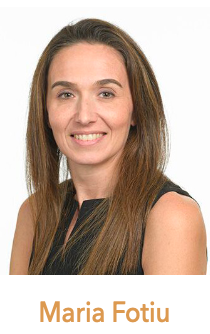
Labeling the clinical trials support industry as ‘niche’ works. Most rely on other niche businesses to help fill a software or service gap if it lacks what a client wants. Elligo Health Research, an IRO, and Syneos Health, a CRO, have a four-year collaboration. Syneos has the clinical trial networks; Elligo has access to Cerner and other EHR systems, said Maria Fotiu, executive vice president, decentralized solutions, Syneos Health.
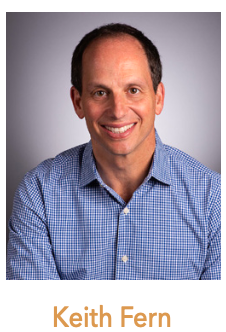
Healthcare, said Keith Fern, vice president, corporate development, Elligo, has become a heterogenous business. “Partnering with different companies with access to patients in a variety of healthcare settings is very important to [the Elligo] model.” The sophisticated protocols, the move toward personalized medicine, have made eligible patients harder to find, he said via e-mail. Its patient network, he said, surpasses the 100-million mark.
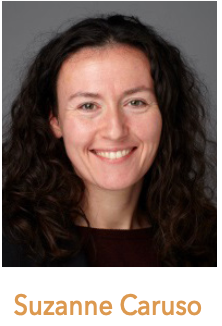
The pandemic’s effect on ongoing and new studies was unprecedented, said Suzanne Caruso, SVP, clinical solutions, insights and analytics, WCG, in a statement. “It led to an environment unlike any we have seen previously. With the increased competition for patients due to the number of new trials, and the struggle hospitals are having finding the staff and time to run trials, the speed of recruitment has slowed significantly.”
In February, Circuit Clinical and LabCorp announced its collaboration. LabCorp, which is also an investor, said Irfan Khan, Circuit’s CEO and founder, allows Circuit to access LabCorp’s network of healthcare systems and centers.
Almost every company interviewed for this story has received private equity support. Trial-support investment, said a consultant, is a safer bet because no risk is involved.
Other trial-support businesses, like Curebase and Reify Health, have designed cloud-based platforms with the primary intent to speed up the site selection, patient enrollment processes, and if the client desires, help with certain elements of the trial itself, like specimen collection. They are neither CRO nor IRO–Reify’s co-founder Ralph Passarella said Reify isn’t interested in labels, but clearly the company is in the trial-support business with its StudyTeam patient recruitment and enrollment technology platform, and its Care Access decentralized research organization that brings clinical trial infrastructure directly to patients, healthcare providers, and communities.
Find-your-niche
The speculation as to why this find-your-niche trend developed is multi-pronged.
Craig Lipset, founder, Clinical Innovation Partners, told a story in response to the why question.
He was attending the 2020 Summit for Clinical Ops Executives—pre-COVID—when he saw a friend in a hallway. The friend worked at a top five pharma. What’s going on?, Lipset asked. Well, says the friend, we are pulling back from the CROs; we have assembled 100 trial site pros and data analysts. A few minutes later, Lipset met another friend, who worked at another top five company. He asked the same question and received the same answer.
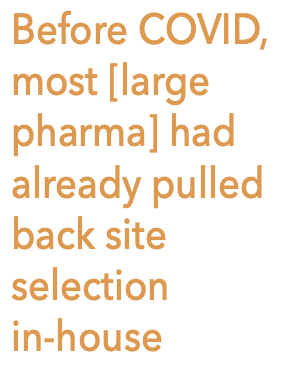
“Before COVID, most [large pharma] had already pulled back site selection in-house,” Lipset said, including those involved in the COVID-19 vaccine trials. It was not a question of saving money, at least immediately, but the need to show that yes, we can find the right sites and assess our own data.
Will more pharma follow? “They tend to move in packs,” he said. “A good idea tends to move quickly.”
Two questions to ponder: Is this new model sustainable? Or will this model, borne out of pandemic-response necessity, revert due to atrophy? Without a concerted, dedicated commitment, to maintain flexibility in trial site selection and enrollment, Lipset said, atrophy will prevail.
As to the other plausible reasons this find-your-niche industry developed:
In the mid-2010s, various studies found that more than half of new investigators would not partake again.1 But the need for more sites, as more trials were going global, was approaching the critical point.2 The amount of time to run a trial, soup to nuts, was getting longer.
It’s hard to speak to an overall trend, said Passarella, noting that the integrated research industry came to be between 2015 and 2019. While CROs and sponsors partnered for decades for the patient identification and recruitment processes, Passarella said people began to realize that to improve study outcomes they had “to really innovate at the site level.”
The trend of the “last half decade is kind of a push in that direction,” he said.
Lipset also had another suggestion. Asking physicians to become investigators is a tall order, just consider the dropout rate of first-time investigators. Without the proper structure, running a trial while running a practice wasn’t worth the physician’s investment, from every point of view. But to have trained trial professionals drop into a “setting and support doctors as investigators,” that provides that needed structure.
And that is where IROs came into being, Lipset said. IROs offer healthcare sites something more sustainable and scalable. Khan calls it the ecosystem of running a trial—from administrative help to training staff on technology to offering data assessment.
Models in place
Curebase designed software to make trial participation easier for the patient. “Instead of driving to one site to collect vitals, they can see a PCP in town, they can get a blood draw with a mobile phlebotomist at home, an x-ray at a local imaging center, and complete patient surveys on their phone,” said Tom Lemberg, founder and CEO of Curebase via correspondence. Patients have even gotten swabbed in pop-up drive-through centers.
The tech involved includes mobile provider calendars and workflows, along with the healthcare’s own EHR system. According to the Curebase website, its technology propelled the start of a COVID trial in two weeks. It used drive-through testing centers, where patients gave consent and provided samples. The sponsor used its own technology to do the testing.
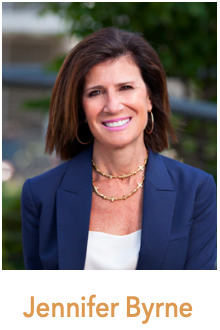
Jennifer Byrne, CEO of Javara, said its goal is to run trials as a clinical care option. Say a patient learns she has diabetes, Byrne gave as an example. “Her doctor says, ‘here is your treatment regimen. But, if you are interested, we can offer you more. Our healthcare system is running a trial on diabetes that could help you. You can learn more about your disease.’” The patient now becomes a healthcare consumer, and clinical trials become an option with more patient touch points for the patient and trial staff.
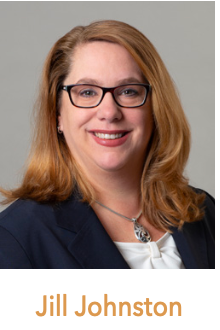
“WCG works with all types of investigational sites, including academic centers, integrated health systems, large site networks and independent sites, as well as part-time investigators,” said Jill Johnston, president, WCG Clinical, study planning and site optimization, in a statement. WCG has agreements with over 3,300 institutions, in addition to more than 5,000 biopharma and CRO clients.
With these extensive connections, Caruso observes there’s no one-size-fits-all approach for clinical trial recruitment. “It’s not only that the diseases are so different, so too are the specific patient segments.” She noted that these include people with physical limitations or those struggling with day-to-day issues. If the needs of these patient segments aren’t recognized early and addressed at each site, meeting recruitment goals may not happen.

Very often, said Passarella, recruitment will be hospital dependent. A heat map of a particular disease presence might indicate a heavy concentration in a large city, but it also might pick up a smaller hospital or center that is three hours away that is a better fit for the study. “It matters which hospital or clinic you are talking to.”
Elligo’s Fern described the process for finding patients for a possible migraine trial. The Elligo investigators “searched across disparate data sources, normalizing them for a clinical protocol.” The result: patient level data “that will allow the sponsor to identify highly likely participants for their trial.”
Circuit Clinical, which has a presence in 34 states, approaches mid-size, research-naïve healthcare centers, said Khan. These include the federally qualified health centers, which have large minority patient populations, Khan said. “It is our job to pull as much friction out of the process” as possible for healthcare administrators and physicians.
Training and support
When it comes to training support, the Circuit ecosystem includes training the investigator’s staff on those technologies that Circuit will use to run the trial.
Oftentimes, said those interviewed, smaller providers do not have the up-to-date tech training needed to run a trial. Staff training is on the menu if staff wants it. “It depends on their appetite for engaging,” said Passarella.
Curebase offers virtual support, especially for research-naïve clinics. Principal investigators get help to oversee the study, while virtual research coordinators help the patients with e-consent, scheduling visits, and so on. The software also automates other processes like payments and data entry, Lemberg said.
Reify also gives patients the option of in situ in their own homes; vans take trial personnel to patients’ homes for sample taking, collection, medical checks, and so on. Reify works with research-naïve institutions as well, these healthcare providers might not have the up-to-date software, so staff needs to learn how to use them. “When we go to certain settings that don’t have cutting edge technology, part of what we do is bring it in and make it accessible to staff.”
Byrne addressed another important point. Even though the investigators can unload administrative and clerical tasks, the physician still is responsible for the medical and clinical decisions regarding the patient.
Patient counts, patient opinions
Since 2018, said Byrne, the company has built partnerships with major healthcare organizations, like Atrium Wake Forest Baptist Health, allowing the company a patient base of more than 6 million. Collaboration, she said, is key from a healthcare standpoint.
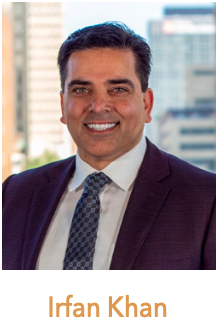
Khan said Circuit’s diversity numbers are two times higher than the average seen in clinical trials, according to figures gathered between May 2019 through May 2021. “This is not because we targeted certain ethnicities—it is because we operate within healthcare and, therefore, see the populations that represent all of the US.”
Circuit also offers its clients a real-time method to improve if and where it needs to. The Trial Journey platform lets patients go online, discuss their experiences, and rank their treatments and physician encounters, from a scale of 1 to 5. The platform is also open to doctors and the healthcare system itself.
At first, he said, the physicians and healthcare systems were “worried that [patients] will trash them. On Trial Journey, the average rank is 4.2. How do the physicians or health systems react when they see less than a 5? They work to improve it, Khan said.
Many of the IROs use existing health system EMRs, to find patients, but, to be kind, the process is incomplete.
“EMR is the best tool we have, but only 50% of it is useful,” said Khan. “It doesn’t have data that helps determine if a patient is right for a trial. People need to understand how limiting it is.”
There are different approaches to how existing EMR data are used. Elligo, for example, extracts the data needed, then transforms it to become standardized. “We build it as we go,” said Fern.
Byrne said Javara hasn’t come up with a universal language; her team works with the client to standardize its EHR language. “We can pinpoint and ID patients through large data sets.” Which Javara did in a COVID vaccine trial. Of the 100-plus sites, Javara performed in the top 5%. While artificial intelligence can help enhance protocol matching tools, pinpointing the right patient takes a human touch. “It is still not widely appreciated that tech is an enabler.” These tech tools are just that: they supplement the human experience.
Taking into account the in situ trial support options and the IRO/DRO models, is there evidence that the industry is showing demonstrable, trial performance results?
When asked that question, Lipset looked down at his desk, made some rustling noises, and then held up a piece of paper to the Zoom screen: He had drawn a large circle with a line through it. A line of anecdotes, he said, is not evidence. “I haven’t seen this taken on by anybody.
References
- Corneli A, Pierre C, Hinkley T, et al. One and done: Reasons principal investigators conduct only one FDA-regulated drug trial. Cornell Contemporary Clinical Trials Communications. 2017; 6:pp 31
- Craig Morgan. 10 Tips for Selecting High Performing Clinical Sites. Oracle Health Sciences. Health Sciences, Study Startup . September 3, 2019.
Christine Bahls is a freelance writer and researcher
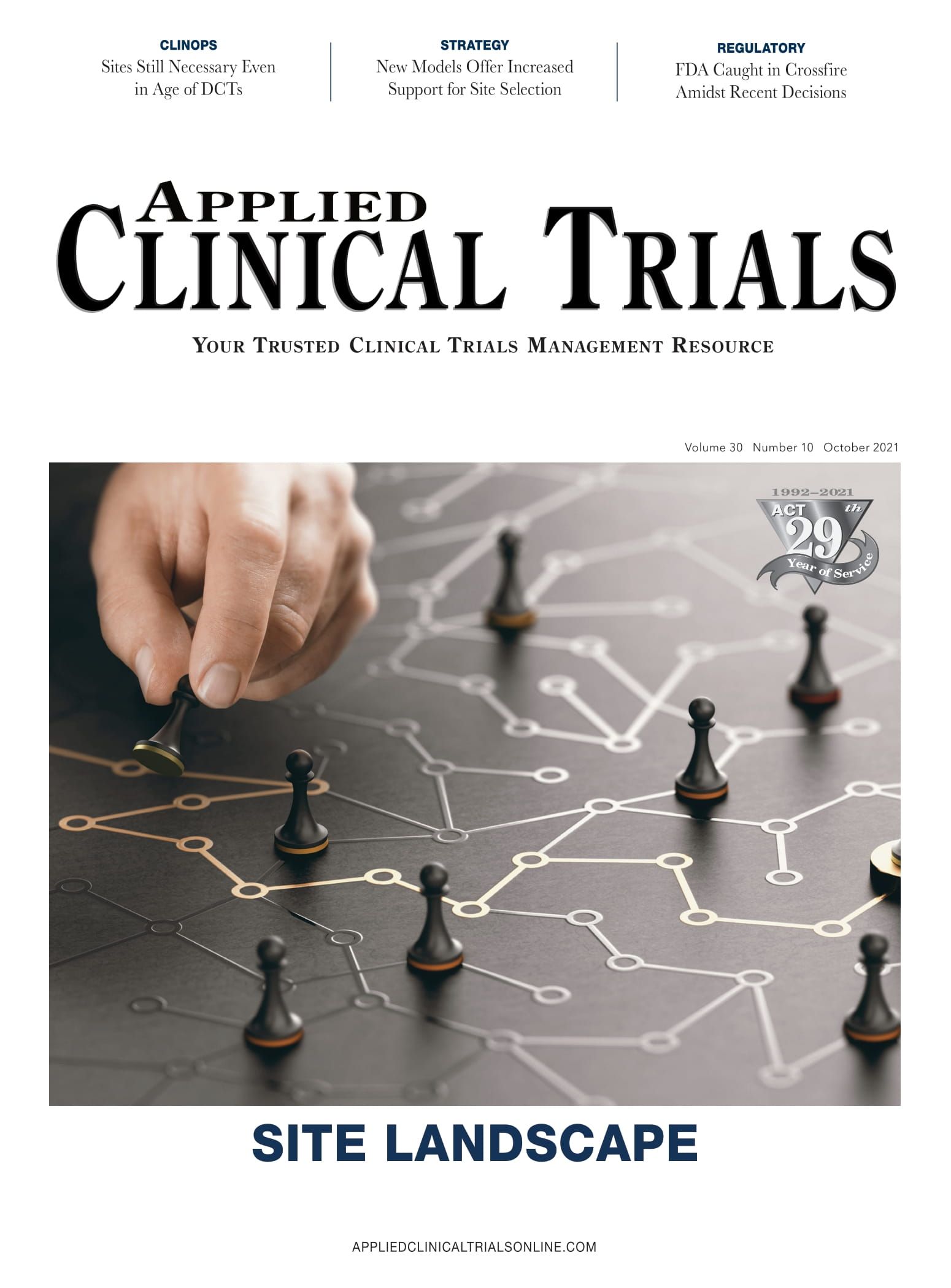
Improving Relationships and Diversifying the Site Selection Process
April 17th 2025In this episode of the Applied Clinical Trials Podcast, Liz Beatty, co-founder and chief strategy officer, Inato, discusses a number of topics around site engagement including community-based sites, the role of technology in improving site/sponsor relationships, how increased operational costs are impacting the industry, and more.
SCOPE Summit 2025: Enhancing the Patient Experience Through Site Centricity
February 12th 2025In an interview with ACT senior editor Andy Studna at SCOPE Summit, Ashley Davidson, vice president, product lead - sponsor tech strategy, Advarra, highlights the need for more site-centric approaches in study startup.